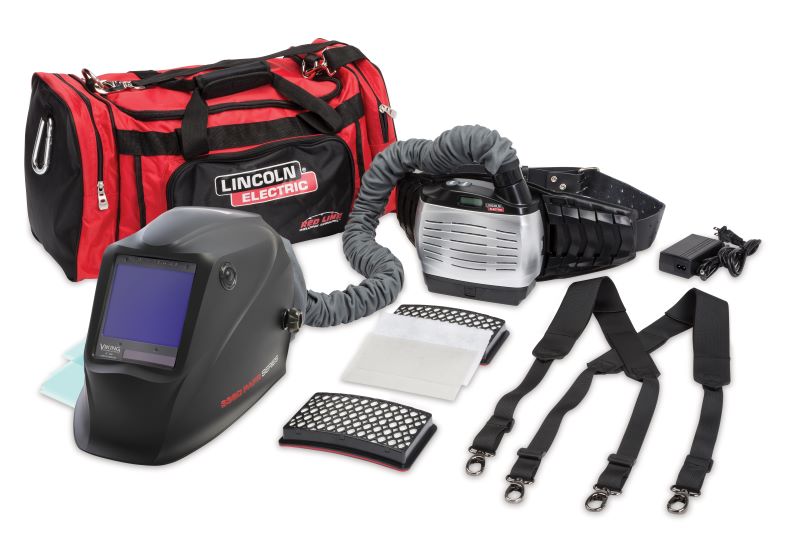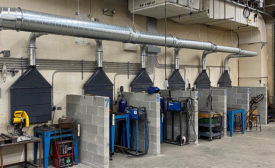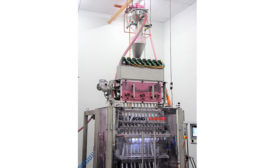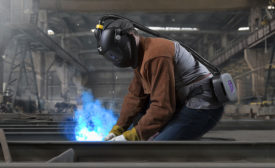Home » Respiratory Protection
Articles Tagged with ''Respiratory Protection''
Lincoln Electric® launches VIKING™ 3350 XG PAPR
New Powered Air Purifying Respirator Offers Performance, Versatility & 4C® Optics
July 16, 2020
An alternative solution to the N95 respirator shortage
Safety veteran discusses PPE crisis
May 27, 2020
What is a Respiratory Protection Program and when do you need one?
Clean, comfortable, compliant
May 5, 2020
2020 Top Standards: OSHA most frequently violated standards
Respiratory Protection (1910.134)
January 1, 2020
Get our new eMagazine delivered to your inbox every month.
Stay in the know on the latest safety trends.
SUBSCRIBE TODAYCopyright ©2024. All Rights Reserved BNP Media.
Design, CMS, Hosting & Web Development :: ePublishing










